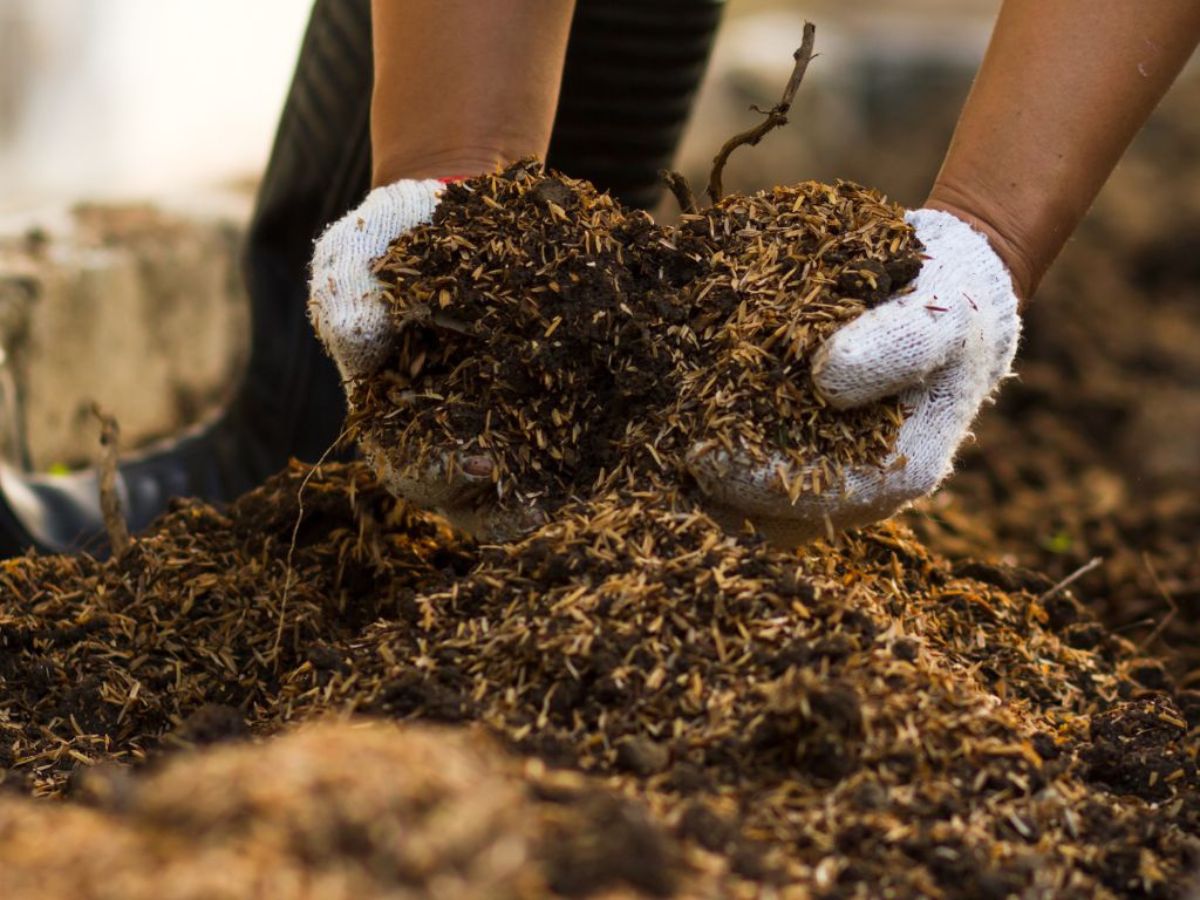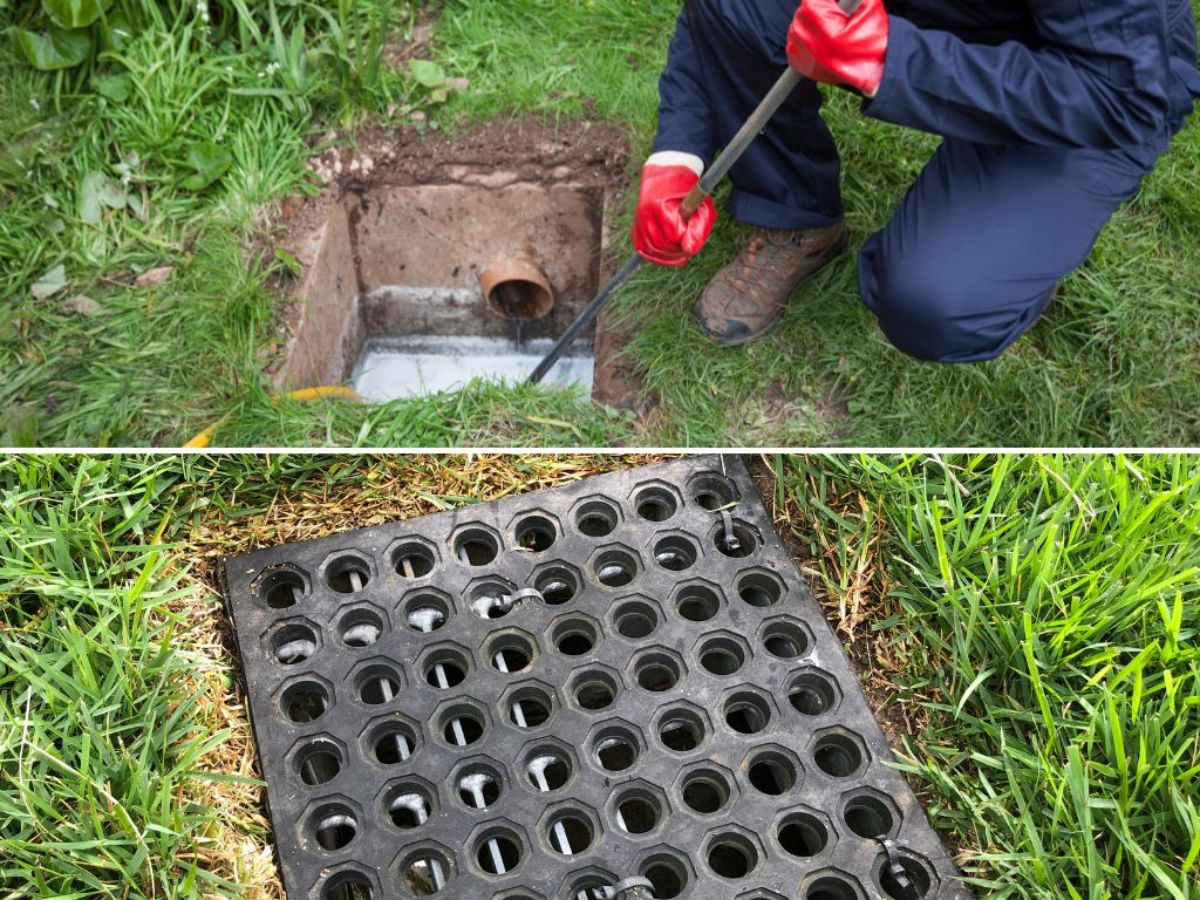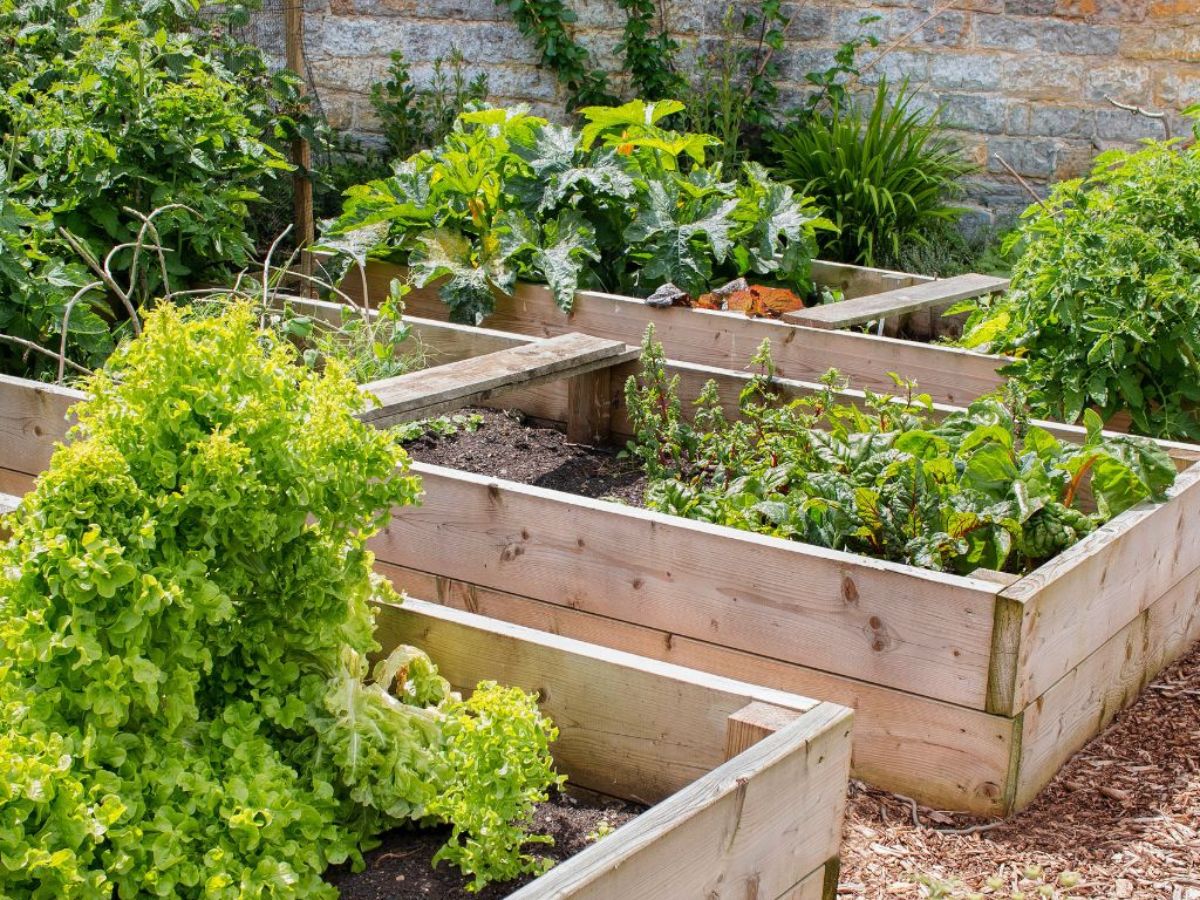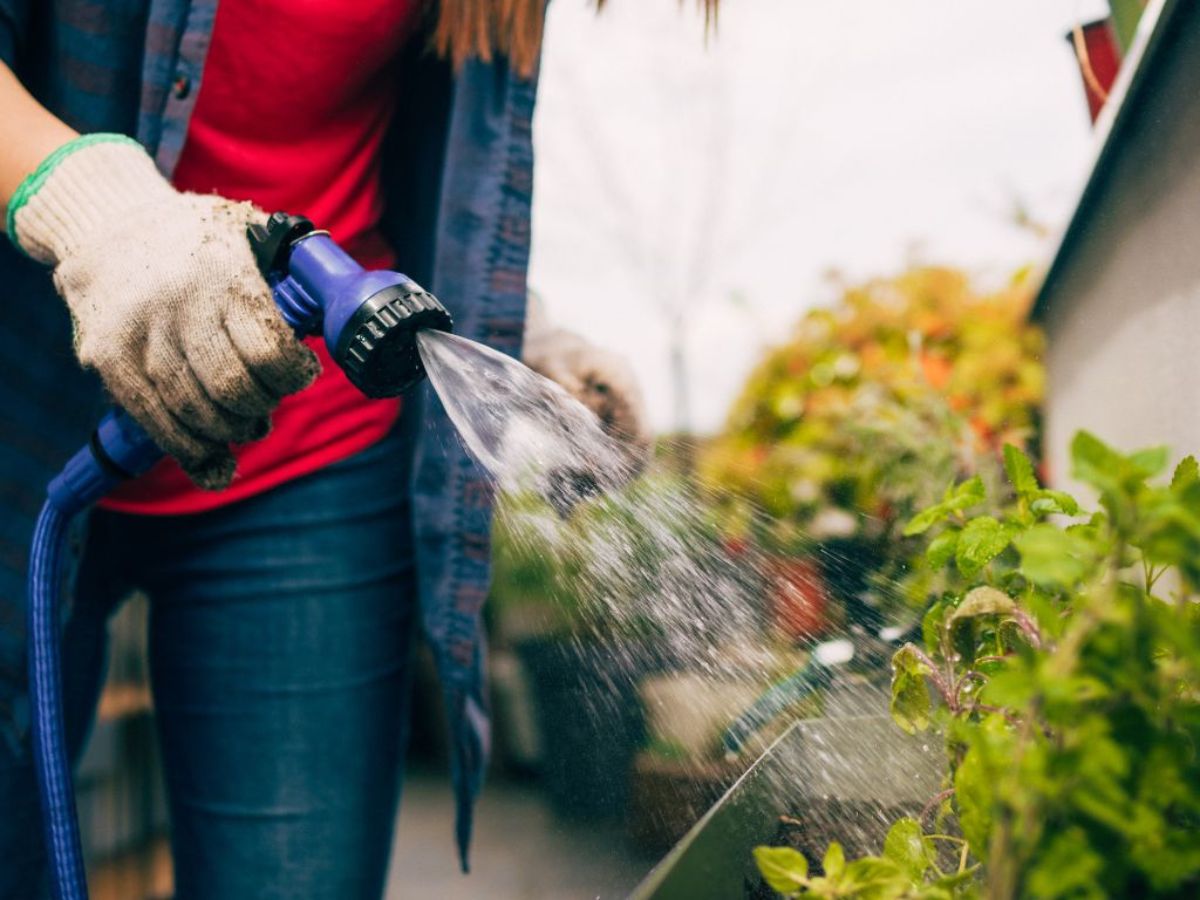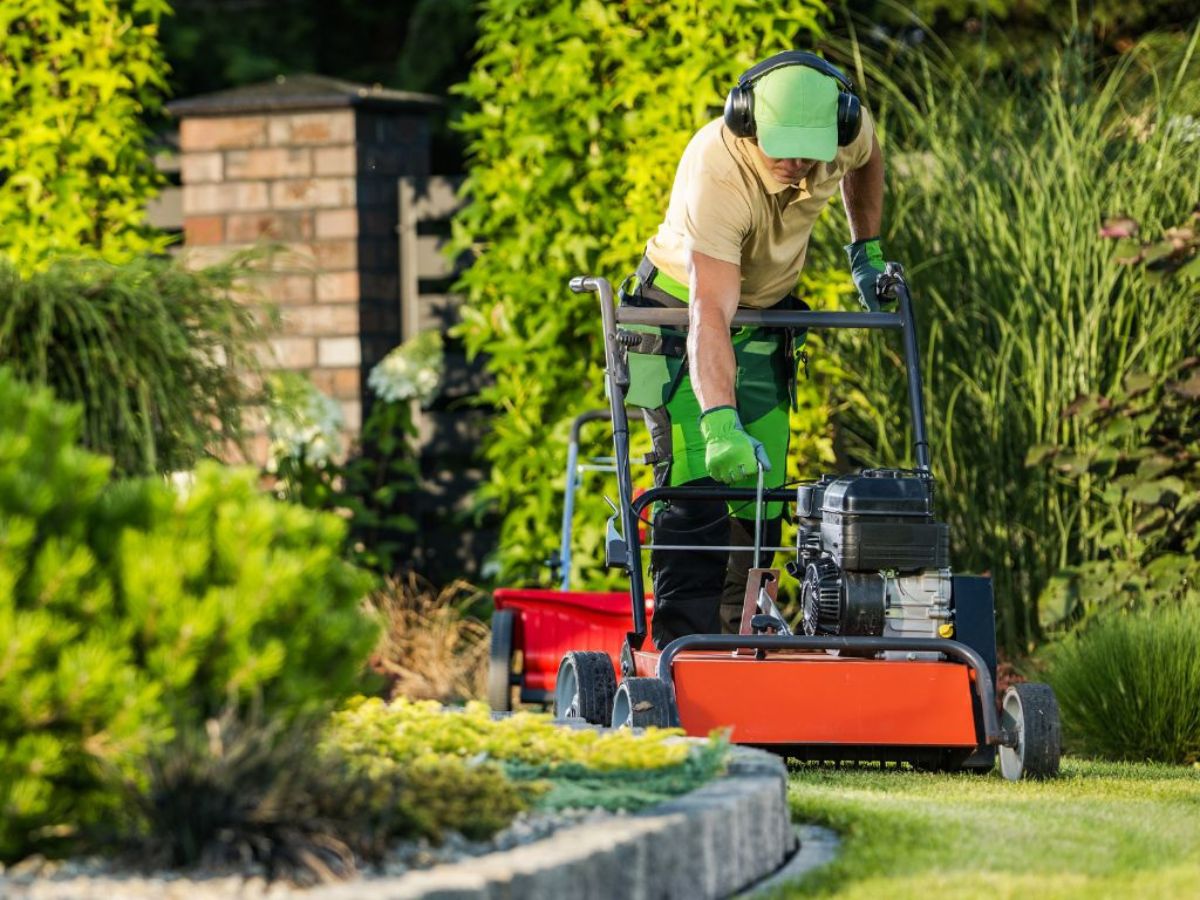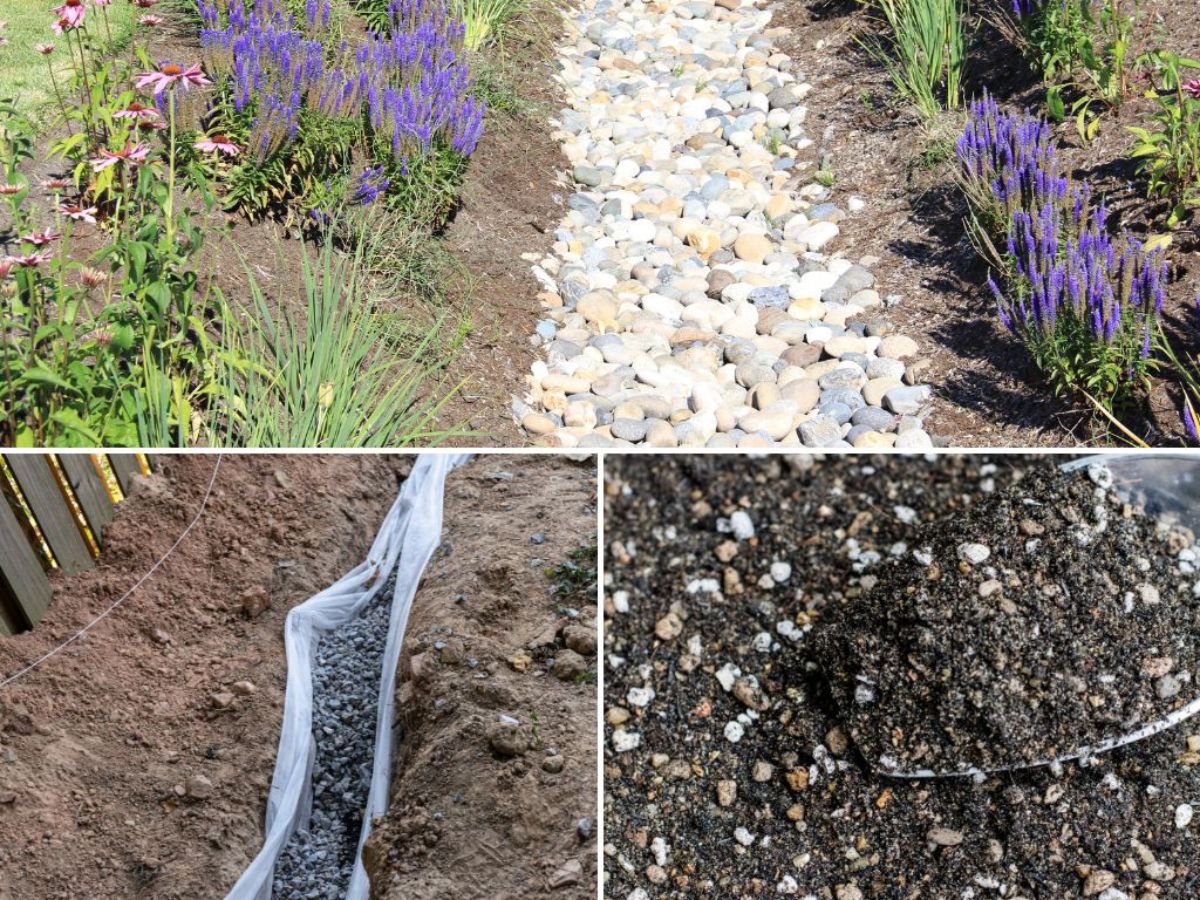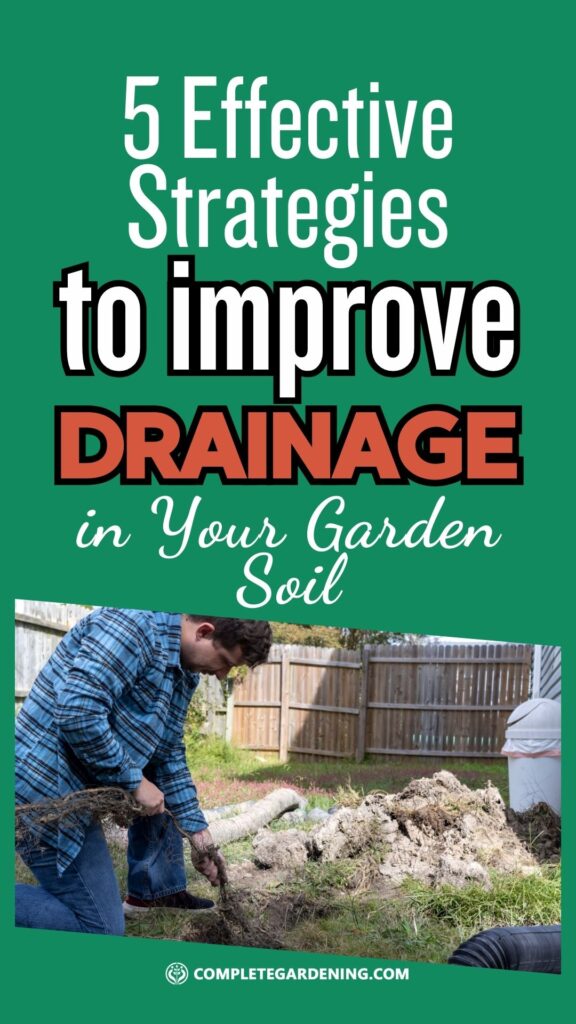Are you tired of dealing with a waterlogged garden? Poor drainage can hinder plant growth, cause root rot, and lead to a myriad of other problems.
Luckily, several effective strategies can transform your garden into a well-drained oasis. Here are five proven methods to improve drainage in your garden soil.
1. Incorporate Organic Matter
Adding organic matter like compost or well-rotted manure to your soil is one of the simplest and most effective ways to enhance drainage. Organic matter helps create air pockets in the soil, allowing water to move through more freely.
How to Do It:
Spread a 3-4 inch layer of compost over the soil surface.
Mix it into the top 6-12 inches of soil using a garden fork or tiller.
Repeat annually to continuously improve soil structure.
Benefits:
Enhanced Soil Structure: Organic matter binds soil particles together, creating a crumbly texture that promotes better water infiltration.
Improved Nutrient Availability: Compost adds essential nutrients to the soil, boosting plant health and growth.
Increased Microbial Activity: Beneficial microbes thrive in compost-rich soil, aiding in the breakdown of organic materials and improving soil fertility.
2. Install a French Drain
For gardens with significant drainage issues, installing a French drain can be a game-changer. A French drain is a trench filled with gravel or rock that directs water away from problem areas.
Steps to Install:
Dig a trench around the perimeter of the affected area.
Line the trench with landscape fabric to prevent soil from clogging the drain.
Fill the trench with gravel or small rocks.
Place a perforated pipe on top of the gravel, then cover it with more gravel.
Cover the trench with soil and plant grass or other ground covers.
Advantages:
Effective Water Redirection: French drains efficiently channel excess water away from your garden, preventing waterlogging.
Low Maintenance: Once installed, French drains require minimal upkeep, making them a long-term solution.
Versatility: French drains can be customized to fit various garden layouts and drainage needs.
3. Create Raised Beds
Raised beds are excellent for improving drainage, especially in areas with heavy clay soil. By elevating your plants, you ensure better water runoff and root aeration.
Building Raised Beds:
Construct frames using wood, stone, or other durable materials.
Fill the beds with a mixture of high-quality topsoil and compost.
Ensure the beds are at least 12 inches high to provide sufficient root space.
Benefits:
Controlled Soil Conditions: Raised beds allow you to control soil composition, ensuring optimal conditions for plant growth.
Enhanced Accessibility: Raised beds make gardening more accessible, especially for individuals with mobility issues.
Extended Growing Season: Raised beds warm up faster in the spring, allowing for an earlier start to the growing season.
4. Plant Water-Loving Species
In areas where improving drainage is difficult, consider planting species that thrive in wet conditions. These plants can naturally absorb excess water, helping to mitigate waterlogging.
Suitable Plants:
Marsh marigold
Cardinal flower
Iris
Willow trees
Dogwood
Advantages:
Natural Water Management: Water-loving plants help manage excess moisture, reducing the risk of waterlogged soil.
Biodiversity Boost: These plants attract a variety of wildlife, enhancing your garden’s ecological value.
Aesthetic Appeal: Water-loving plants add unique beauty and diversity to your garden, creating visually striking landscapes.
5. Aerate the Soil
Soil compaction can exacerbate drainage problems. Aerating the soil helps to break up compacted layers, allowing water to penetrate more easily.
Aeration Methods:
Use a garden fork to poke holes into the soil at regular intervals.
For larger areas, consider renting a core aerator, which removes small plugs of soil to create deeper channels for water.
Benefits:
Improved Water Infiltration: Aeration increases soil porosity, allowing water to move freely through the soil profile.
Enhanced Root Growth: Aerated soil promotes deeper root growth, leading to healthier, more resilient plants.
Reduced Soil Compaction: Regular aeration prevents soil from becoming compacted, maintaining its structure and drainage capacity.
Additional Tips for Garden Drainage
Surface Water Management: Redirect surface water away from problem areas by reshaping the landscape. Create gentle slopes and swales to guide water towards drains or designated runoff areas.
Mulching: Apply a layer of mulch around plants to improve soil structure and reduce surface runoff. Mulch helps retain moisture during dry periods and gradually breaks down to enrich the soil.
Pricking, Slitting, or Spiking: Create small holes in the soil and fill them with sand or other absorbent materials to enhance drainage.
Use Bark Chippings and Mulch: These materials improve soil quality, reduce weed growth, and minimize moisture loss, contributing to better drainage.
By implementing these strategies, you can significantly improve the drainage in your garden, creating a healthier environment for your plants to thrive.
Remember, a well-drained garden is a happy garden, and with these tips, you’re well on your way to achieving just that.

